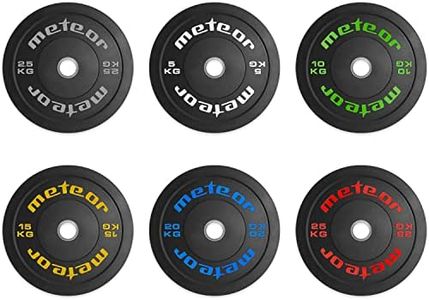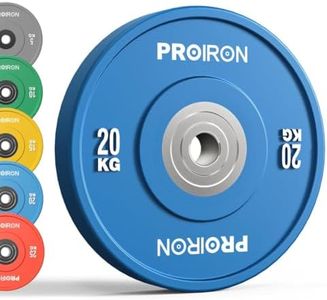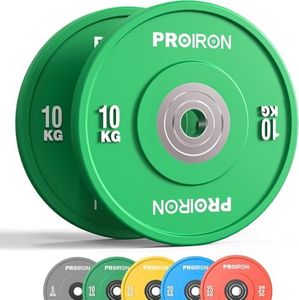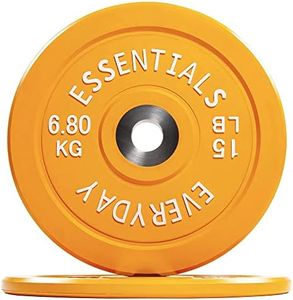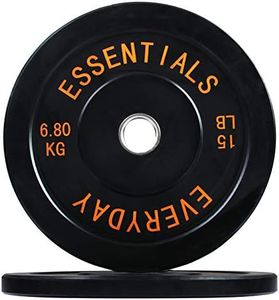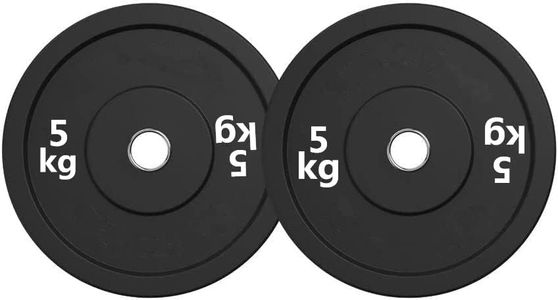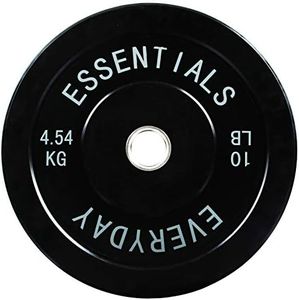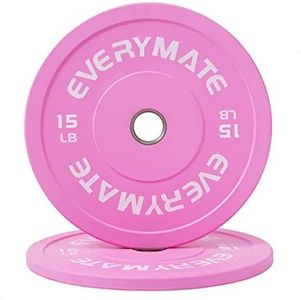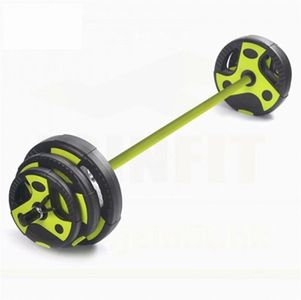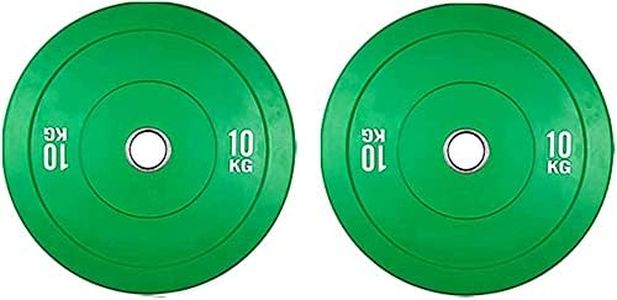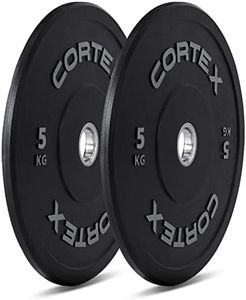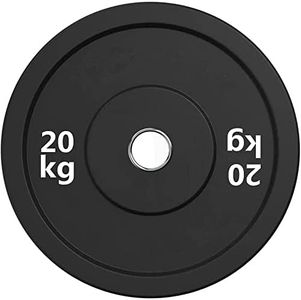We Use CookiesWe use cookies to enhance the security, performance,
functionality and for analytical and promotional activities. By continuing to browse this site you
are agreeing to our privacy policy
10 Best Bumper Plate Sets
From leading brands and best sellers available on the web.Buying Guide for the Best Bumper Plate Sets
Choosing the right bumper plate set is important for anyone interested in strength training, whether at home or in a gym setting. Bumper plates are specially designed weight plates that can handle being dropped from overhead, making them ideal for Olympic lifting, CrossFit, and general weightlifting. To find the best set for you, pay attention to the main specs—they’ll determine how well the plates fit your fitness goals, your space, and how long they’ll last.Weight Increments and Total Set WeightWeight increments refer to the individual plate weights included in a set, such as 10lbs, 25lbs, and so on, while the total set weight is the combined weight of all plates. This matters because it determines the range of exercises you can perform and how you can progressively add weight. Lighter sets (e.g., 100–150 lbs total) suit beginners or those needing smaller increments, while larger sets (200 lbs and up) are better for advanced lifters or shared gyms. Choose a set where the smallest plate isn’t too heavy for your needs, and the total weight is enough to allow you to grow stronger over time.
Plate ThicknessPlate thickness affects how many plates you can fit onto a barbell. Thicker plates take up more space, which can limit the maximum load you can lift. Standard thickness is fine for most casual lifters, but if you plan on lifting very heavy weights or want to fit as many plates on the bar as possible, look for thinner, more compact bumper plates. Think about your strength goals and storage space—thicker plates take up more room both on the bar and on the rack.
Material QualityMost bumper plates are made from rubber or recycled rubber, but quality can vary. High-quality, virgin rubber reduces bounce and smell, lasts longer, and protects your floor better, while lower-cost or recycled rubber plates may have a stronger odor and wear out faster. If you train indoors or want durable, low-maintenance plates, look for higher-grade material. If outdoor training or short-term use is your priority, material quality may matter less.
Bounce (Durometer Rating)Bounce is how much a plate rebounds when dropped, and it’s measured by something called a durometer rating—a higher rating means less bounce. Low-bounce plates are safer for your floor, your bar, and yourself. For home use or environments with little space, prioritize plates with a higher durometer (less bounce). For outdoor or gym use where bounce isn’t a big concern, standard plates are usually fine.
Collar Size and Center Ring ConstructionThe center ring, or collar insert, determines how securely plates fit onto the barbell. Standard Olympic bars require a 2-inch (50.4mm) diameter hole. Stainless steel or high-quality metal inserts ensure a snug fit, reduce barbell wear, and make loading/unloading smoother. If you’re training heavy or frequently, prioritize plates with sturdy, precisely manufactured collars. For home users with basic needs, most standard collars are sufficient.
Color Coding and MarkingsSome bumper plate sets are color-coded according to international standards (for quick identification by weight), while others are single color with printed/raised markings. Color coding improves training efficiency, especially for group settings or when changing weights quickly is important. For personal or occasional use, single-color plates work well; for gyms or those prioritizing speed and visual appeal, choose color-coded options.
